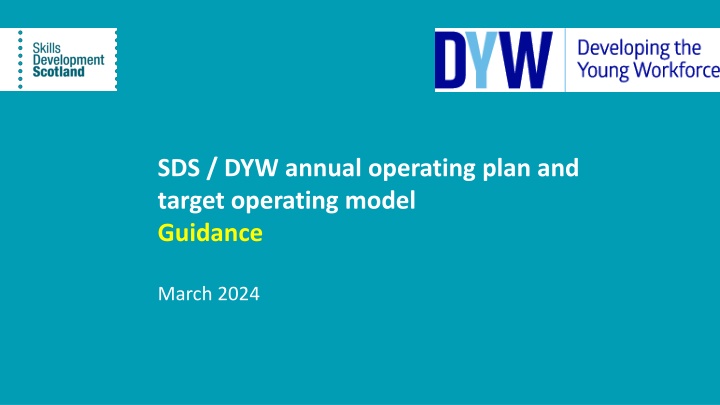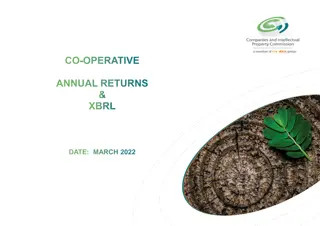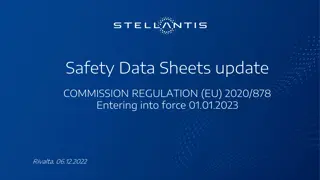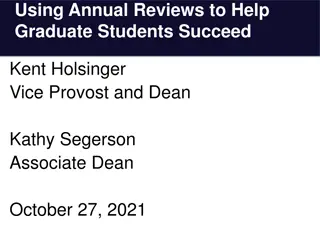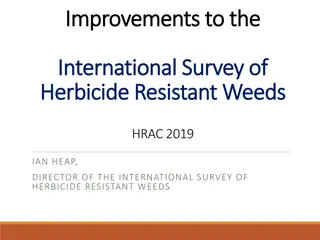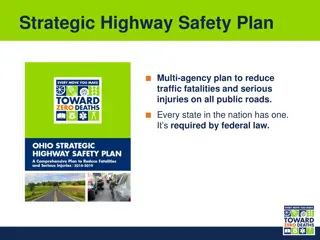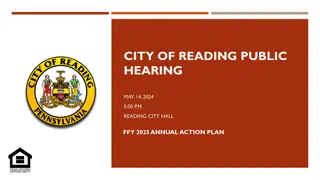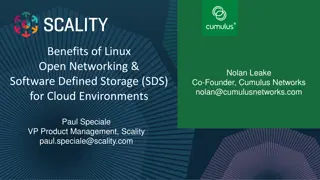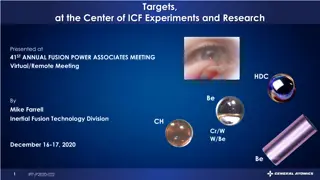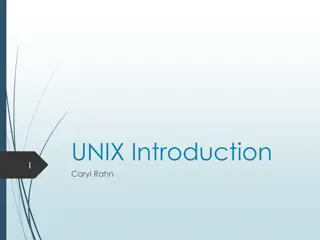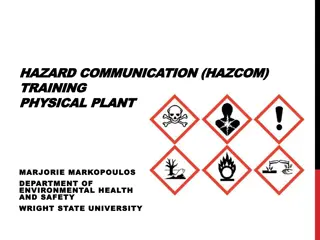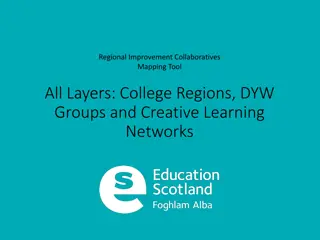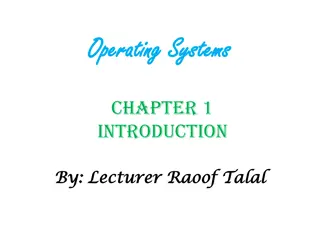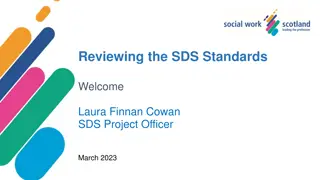SDS/DYW Annual Operating Plan and Target Operating Model Guidance - March 2024
This guidance outlines the development of an Annual Operating Plan and Target Operating Model (TOM) to enhance collaboration and improve outcomes for young people. It emphasizes aligning planning activities, co-designing learner experiences, and maximizing collective resources through strategic partnerships. The approach focuses on integrating partner roles, ensuring complementary activities, and fostering collaborative delivery. Through shared commitments, the SDS, SG, and DYW aim to align operational activities, drive performance, and enhance engagement for the benefit of young individuals.
Download Presentation

Please find below an Image/Link to download the presentation.
The content on the website is provided AS IS for your information and personal use only. It may not be sold, licensed, or shared on other websites without obtaining consent from the author.If you encounter any issues during the download, it is possible that the publisher has removed the file from their server.
You are allowed to download the files provided on this website for personal or commercial use, subject to the condition that they are used lawfully. All files are the property of their respective owners.
The content on the website is provided AS IS for your information and personal use only. It may not be sold, licensed, or shared on other websites without obtaining consent from the author.
E N D
Presentation Transcript
SDS / DYW annual operating plan and target operating model Guidance March 2024
Contents This guidance covers: Context and rationale TOM case studies SDS and SG DYW Strategic Partnership Agreement shared commitments and actions Developing an Annual Operating Plan/ target operating model (TOM) Supporting documents checklist Appendices Links to relevant documents
Rationale The development of an Annual Operating Plan/target operating model (TOM) reflects the expectation that partners working with young people do so in an integrated way and with an unrelenting focus on meeting their needs and improving their outcomes Our approach to aligning planning and activity described in this guidance goes beyond just developing mutual awareness of respective partners roles and actions, although this is important, and is more about the opportunity to ensure that planned activity is complementary and developed and delivered collaboratively, where appropriate Our approach allows and encourages the co-design, co-delivery and review of learner experiences which draws on the collective expertise of SDS, DYW, schools and other partners
SDS, SG and DYW Strategic Partnership Agreement Aligning delivery of shared entitlements for our young people (CES) Improving outcomes for young people through enhanced collaboration Maximising our collective resources in doing so through clarity on roles and responsibilities Ensuring an no wrong door approach for our young people Partnership Agreement focused on: Enhanced strategic and operational engagement Embedding the School Employer Partnership Framework as our shared approach Sharing of intelligence that informs our work and monitors our progress (LMI/Data Hub) Engaging in a shared professional learning programme including sharing of effective practice for continuous improvement Review and, where appropriate, align our digital assets to improve the Employer and Customer journey (Marketplace/My World of Work/YPG.scot/E-DYW) Working together and revising operational activity on an annual basis to review and drive performance We will do this through:
Annual Operating Plan and Target Operating Model (TOM) School: career related elements of PSE and other school led events Other partners: any partner regularly working in school e.g. MCR pathways DYW: offers at national, regional, local authority and school level SDS: CIAG service offer and school partnership agreement (SPA) Defines SDS role and activity School employer partnerships (SEP) Framework defines learners entitlements by age/stage SDS, DYW, school and other relevant partners map planned activity onto the SEP Framework Employer engagement planning draws on SEP Framework and Employer Engagement Toolkit. Planning informed by evidence base: - LMI Partners identify gaps or opportunities for realignment or joint working and agree respective roles and responsibilities - SLDR - Data Hub Plans describe roles and responsibilities for discrete actions and respective contributions of partners to shared activity All this leads to the development of a shared annual operating plan
Planner SEP describes learner outcomes by age/stage Gaps identified and options discussed by partners Notes can be added to provide finer detail SDS, DYW, school and other partner(s) map planned activity by highlighting relevant month(s) Provision reviewed and adapted collaboratively Areas of overlap identified
Supporting documents checklist DYW SDS National / Regional priorities, school partnership agreement, national KPIs CIAG school service offer and school partnership agreement (SPA) School Partners PSE programme, school events calendar and SIP School partnership agreement, calendar of planned activity National LMI Aligned TOM and annual operating plan SEP framework and other employer engagement guidance and toolkits RSAs, SDS data Matrix SLDR, Monthly PM Snapshot, APM, other local information (see Appendix 1)
Appendix 1: Links to relevant documents School employer partnership guidance Employer Partnerships in Education A framework to support evaluation and improvement How to get the best employer engagement for the young people in your school A Strategic Toolkit School-Employer Partnership (SEP) Framework. Career Education Standard Work Placements Standard SDS school service offer Regional Skills Assessments (RSA) and the RSA data matrix Young Persons Guarantee 2023 My world of work young person guarantee
